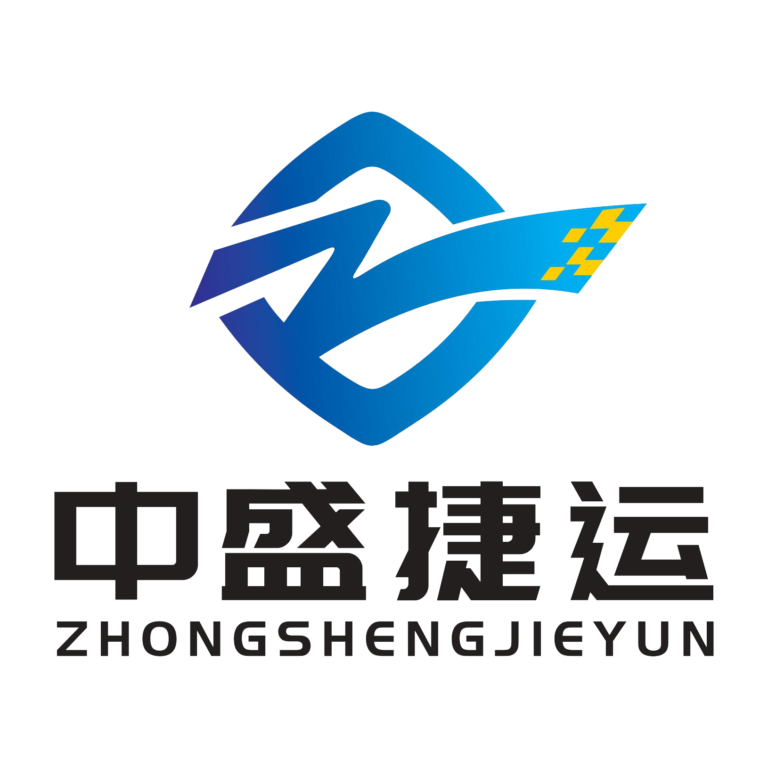Overview of trade relations between China and the Netherlands
The trade ties between China and the Netherlands have grown significantly over the years. China has emerged as one of the Netherlands’ major trading partners, with a wide range of goods flowing between the two countries. This strong economic connection has led to a constant demand for efficient and cost-effective shipping solutions.

Shipping From China To Netherlands
A. Distance and routes
The geographical distance between China and the Netherlands is considerable. The longer the distance, the higher the fuel costs and the longer the transit time. Different routes also have an impact on shipping costs. Some routes may be more direct but could be subject to higher congestion or tolls, while others might be longer but offer more stable or cost-efficient passage.
B. Mode of transportation (sea, air, rail)
- Sea freight is often the most cost-effective option for large and heavy shipments. It is suitable for non-perishable and time-insensitive goods. However, it has longer transit times, typically ranging from several weeks to a couple of months.
- Air freight is the fastest mode but comes at a premium price. It is ideal for high-value, time-sensitive, or perishable items.
- Rail freight has emerged as a viable alternative in recent years, offering a balance between speed and cost for certain types of goods.
C. Weight and volume of goods
Shipping costs are often calculated based on either the actual weight or the volumetric weight of the goods, whichever is greater. This means that bulky but lightweight items may incur higher costs due to the space they occupy.
D. Commodity type and value
Different commodities have different handling requirements and insurance needs. Hazardous materials, fragile goods, or high-value items may require special packaging, handling, and insurance, all of which contribute to higher shipping costs.
E. Seasonal variations
Shipping costs can fluctuate seasonally. Peak seasons, such as before major holidays or during certain months when trade is more active, may result in higher demand and consequently higher prices for transportation services.
Sea freight from China to Netherlands
A. Container types and their rates
Containers come in various types, such as 20-foot and 40-foot standard containers, as well as specialized containers like refrigerated or open-top containers. The rates for each type vary depending on supply and demand.
B. Port handling and terminal charges
At both the Chinese and Dutch ports, there are handling fees, terminal charges, and demurrage costs that need to be accounted for. These charges can vary depending on the port’s efficiency and infrastructure.
C. Transit time and associated costs
Longer sea freight transit times can lead to additional costs such as inventory holding costs and potential spoilage for perishable goods. Shippers need to consider these indirect costs when choosing this mode.

Air freight from China to Netherlands
A. Advantages and disadvantages of air shipping
The main advantage of air freight is its speed, allowing for quick delivery and reduced inventory holding. However, the disadvantages include high costs and limited capacity for large shipments.
B. Pricing based on weight and dimensions
Air carriers calculate costs based on both the actual weight and the volumetric weight. This ensures that space utilization is accounted for, and shippers are charged appropriately.
C. Airport fees and customs clearance
Airports impose landing and handling fees, and customs clearance for air freight can be more complex and time-sensitive, adding to the overall cost.

Railway freight from China to Netherlands
A. Overview of rail links between China and the Netherlands
The rail connection between China and the Netherlands has developed in recent years, providing an alternative to sea and air. It passes through multiple countries and offers a more direct connection over land.
B. Cost comparison with sea and air freight
Rail freight typically costs more than sea freight but less than air freight. It is suitable for certain goods that require a faster transit time than sea but are not as time-critical as those sent by air.
C. Service reliability and transit times
Rail freight is known for its relatively consistent transit times and lower risk of delays due to weather or sea conditions. However, it may be subject to infrastructure limitations and border crossing procedures.

Additional Costs and Services
A. Packaging and palletization
Proper packaging and palletization are essential to protect the goods during transit. The cost of packaging materials and the labor for palletization can add to the overall shipping expense.
B. Warehousing and consolidation
If goods need to be stored before shipping or consolidated with other shipments, there are warehousing costs and consolidation fees.
C. Door-to-door delivery options
Some shipping providers offer door-to-door delivery services, which include transportation from the origin to the destination address. This convenience comes at an additional cost but simplifies the shipping process for the sender.
Conclusion
Understanding the shipping costs from China to the Netherlands requires a comprehensive consideration of multiple factors. The choice of transportation mode, the nature and size of the goods, and various additional services all contribute to the final cost.
In order to obtain an accurate and tailored shipping cost estimate, it is recommended to contact Zoson, a Chinese freight forwarder. They can assess the specific details of the shipment and provide a quote based on individual requirements. Keep in mind that prices may fluctuate based on market conditions, fuel prices, and other external factors.




